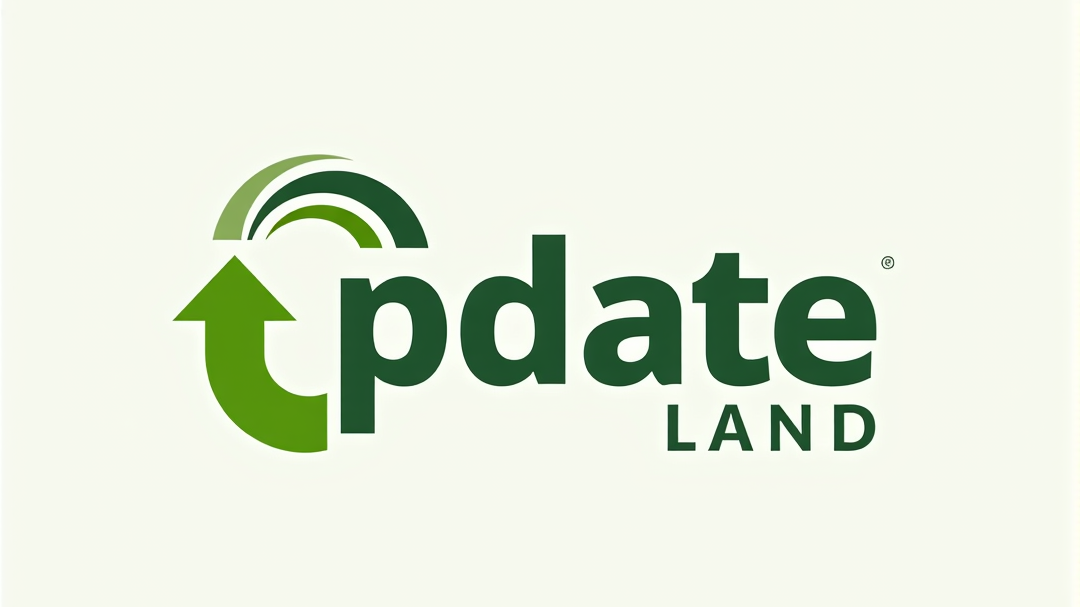Understanding the Risks: Why Meta Datenschutz Richtlinien Deserve Your Immediate Attention
Every day, people scroll through apps, update profiles, or connect with friends—all the while sharing personal information, often without a second thought. But as new digital technologies evolve, so do the rules and risks around protecting your data. Did you know that the simple decision to “allow cookies” or not on sites like Meta’s platforms can have significant consequences? Suddenly, questions about privacy and security move from the backburner to urgent, front-line concerns for everyone navigating the online world.
The topic of meta datenschutz richtlinien—Meta’s privacy guidelines—affects anyone using Facebook, Instagram, or WhatsApp. These platforms, part of the broader family known as Meta Products, rely heavily on collecting and managing user data. Knowing how your data is handled isn’t just a technicality; it could impact everything from the kind of ads you see to who has access to your photos and private messages. For anyone using Meta Products, understanding these privacy rules is more than a legal box to check. It's about protecting your own digital life, making informed choices, and setting clear personal boundaries online. If you don’t know the basics now, you risk losing control over your privacy in ways that may not be obvious—until it’s too late.

What “Meta Datenschutz Richtlinien” Really Means—and Why Non-Experts Should Pay Attention
At its core, meta datenschutz richtlinien, or Meta’s data privacy guidelines, encompass a set of rules and principles that dictate how the company collects, uses, manages, and protects user data across its digital products. Terms like “cookies” and “consent” are often thrown around, but their impact is far more personal. For example, cookies aren’t just about helping a website remember your language preferences—they can also track your habits, location, and browsing history, all in the name of improving your experience or targeting you with ads. That’s why the topic also includes additional concepts like cookies policy, information control, and online advertising.
If you’re unfamiliar with these guidelines, you might be missing out on critical tools that help you manage your privacy online. Not knowing the ins and outs of meta datenschutz richtlinien leaves gaps in your digital defenses; you could be inadvertently granting access to sensitive data, or failing to use privacy settings that limit unwanted exposure. While tech-savvy users may already enable or decline optional cookies, the average person risks making quick decisions that ignore long-term privacy consequences. Ignorance is rarely bliss in data privacy; without a clear understanding of these terms, users open themselves to risks ranging from unwanted ads to serious breaches of personal data.

How Meta Datenschutz Richtlinien Empower Users to Control Their Digital Footprint
As a contributing expert, platforms grounded in transparency—like those using detailed cookie and privacy policies—offer real advantages for users who want to take control. The heart of meta datenschutz richtlinien is user choice: offering clear, actionable decisions about what data is collected, how it's shared, and who has access. Bulleting through dense legal language, these guidelines present real, applicable benefits for individuals. By dividing cookies into categories—essential, functional, and advertising—users gain the power to pick which aspects of their online identity are tracked or protected.
For instance, essential cookies ensure Meta Products like Facebook operate securely, enabling basic features like authentication and fraud prevention. Optional cookies, on the other hand, allow for personalized experiences (ads, maps, payments), but only with explicit user consent. This not only streamlines the online experience but supports a safer digital environment by letting you review and revise your data preferences at any time. Ultimately, these policies demystify privacy: they turn complex background processes into tools you can manage—minimizing risk, streamlining personalization, and enabling a sense of agency over your digital presence.
From “Invisible” Tracking to Transparent Choices: A Timeline of Data Privacy Evolution
Privacy expectations online have shifted dramatically over the past decade. In the early days, cookies worked quietly behind the scenes, tracking users’ movements with little oversight and virtually no user control. People rarely thought about what was collected or why. The landscape changed as awareness grew, regulations tightened, and public pressure mounted for greater transparency. The introduction of privacy regulation—like Europe’s GDPR—catalyzed a shift: “notice and consent” became standard, forcing companies to spell out what data they were collecting and let users opt in or out.

Today, meta datenschutz richtlinien epitomize this new era of transparency and choice. The evolution means that users no longer have to accept blanket conditions; they can granularly select which cookies are allowed and change these settings instantly. The use of data is no longer “invisible,” but outlined in clear categories with direct links to explain each function. The shift marks the difference between passive data collection and proactive user empowerment—a crucial move for anyone striving to protect their privacy in the digital world.
Making the Most of Meta Datenschutz: Practical Steps and Ongoing Awareness
Knowing about meta datenschutz richtlinien is only helpful if you put that knowledge into practice. Start by reviewing the cookie prompts the next time you log in to a Meta Product—don’t just accept by default. Learn what categories mean, and choose only those cookies that feel right for your needs: perhaps you want functionality but not targeted advertising, for example. Most importantly, regularly return to your privacy settings to see if anything changed—these options can shift with updates or new features.
Platforms following robust datenschutz standards always provide accessible policy documentation and “learn more” links. Use these resources, not just once but as part of your routine, to stay current as new privacy tools emerge. The practical payoff? Reduced unwanted content, stronger user control, and lower risk of privacy breaches. By integrating such habits, anyone—even those with minimal tech background—can transform their digital routines from vulnerable to vigilant.

Cookie Choices and Consent: Why an Informed User Experience Matters
The decision to accept, decline, or customize cookies isn’t just a click—it’s a personal assertion of rights in the digital space. Transparent cookie practices, as found outlined by Meta’s policies, set a high bar for accountability and clarity. With robust options, users can choose the level of personalization and privacy that matches their comfort level, turning routine log-ins into moments of meaningful choice.
In effect, well-crafted privacy guidelines reduce the friction and confusion historically associated with data policies. They enable a smoother, safer online journey: know what you’re agreeing to, understand how to adjust your preferences, and, if you ever change your mind, alter your settings with ease. These frameworks support users not just as passive participants, but as active, informed partners in the broader data ecosystem.
Expert Insights: Thoughtful Policy, Transparent Communication, and User-First Design
According to analyses of current privacy approaches, today’s leading companies invest heavily in both form and function. They recognize that privacy isn’t just about compliance, but about trust and accessibility. User-first design shows itself in ways like persistent consent banners, plain-language cookie policies, and clear, consistent communication about how information is used—mirroring what is found in the structure of meta datenschutz richtlinien.
The philosophy is simple: empower, not overwhelm. By focusing on simple choices and transparent explanations, data privacy transforms from a source of fear or frustration into an everyday practice anyone can manage. Platforms that make privacy guidance front and center position themselves as trusted digital “stewards,” creating communities where users feel respected and protected rather than watched or manipulated. Such a philosophy is not just a legal requirement—it’s becoming a defining feature of digital leadership worldwide.
Genuine User Experiences: Trust Earned Through Clear Guidance
Privacy policies and customer service are most effective when reflected in real-life experiences. This is clear when examining user feedback, where trust and satisfaction often hinge on attention to detail and transparency—from product freshness to expert advice. For many, a company’s commitment to privacy, clarity, and user empowerment is as valuable as the goods offered.
Authentic Balkan products that are always delivered fresh. The staff are very friendly and offer excellent advice. I can only recommend every Balkan food fan to stop by here
—Alwin K.
Just as in a trusted store, where expert guidance and respect make all the difference, digital platforms must provide clarity and comfort around privacy. Listening to users, offering choices, and delivering consistent quality fosters satisfaction and long-term engagement—values echoed by every strong privacy guideline and every positive review.
Charting a Safer Digital Future with Meta Datenschutz Richtlinien
As individuals and businesses embrace the digital era, understanding and applying meta datenschutz richtlinien will remain essential for building trust and maintaining control. With policies grounded in transparency, user education, and actionable choice, people can navigate the complexities of data privacy confidently. The ongoing commitment of experts and thought leaders in shaping these rules ensures that both the technology and its users are protected—today and tomorrow. By equipping yourself with up-to-date knowledge of meta datenschutz richtlinien, you make every online interaction more secure and empowering.
Contact the Experts at BULGARISCHE STORE
If you’d like to learn more about how meta datenschutz richtlinien could benefit your digital experience, contact the team at BULGARISCHE STORE.
📍 Address: Bahnhofstraße 33, 67059 Ludwigshafen am Rhein, Germany
📞 Phone:
🌐 Website: https://www.facebook.com/bgmagazinLU
BULGARISCHE STORE Location and Availability
🕒 Hours of Operation:
📅 Monday: 9:30 AM – 8:00 PM
📅 Tuesday: 9:30 AM – 8:00 PM
📅 Wednesday: 9:30 AM – 8:00 PM
📅 Thursday: 9:30 AM – 8:00 PM
📅 Friday: 9:30 AM – 8:00 PM
📅 Saturday: 9:30 AM – 8:00 PM
📅 Sunday: ❌ Closed

 Add Row
Add Row  Add
Add 





Write A Comment